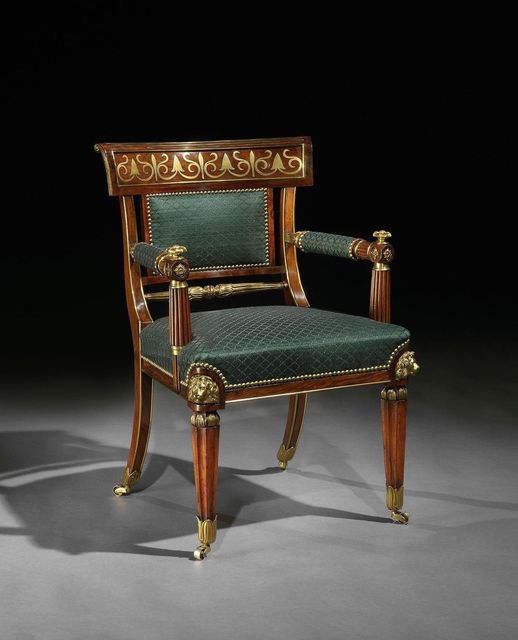
The Rich History and Unique Qualities of Horsehair Fabric

Horsehair fabric, one of the finest and oldest upholstery materials, has a rich history and is renowned for its unique qualities and durability. Originating from Spain, horsehair fabric has been appreciated and used for centuries in various parts of Europe and North America, particularly in high-end upholstery and interior design.
 The use of horsehair in fabrics dates back to the 8th century, with horsehair bedspreads being a prized possession among European royalty. Its use denoted luxury, status, and craftsmanship.
The use of horsehair in fabrics dates back to the 8th century, with horsehair bedspreads being a prized possession among European royalty. Its use denoted luxury, status, and craftsmanship.
By the mid-18th century, horsehair fabric was being used for upholstery in the iconic Chippendale style, a testament to its durability and refined aesthetics. Notably, the dining room chairs designed by Thomas Chippendale were upholstered with horsehair fabric.
Under Karl Friedrich Schinkel’s influence, horsehair fabric became immensely popular in the Prussian court, overtaking French silks due to its simplicity, elegance, and durability.
On our website you can buy horsehair products.

Industrialization and Mechanization:
The Industrial Revolution brought significant changes, making it possible to weave horsehair mechanically rather than on hand looms. This advancement made the fabric more accessible and affordable for a broader range of customers.
During the late 19th century, horsehair fabric reached its peak in popularity, being used extensively in the interiors of first-class railway compartments and other luxury furnishings.
The rise of the automobile industry led to a decline in horsehair availability, as horses were less needed for work and transport. This change caused a collapse in the domestic horsehair market, leading many weaving mills to shift to other raw materials.
Today, horsehair fabric is experiencing a renaissance. It is highly valued by antique furniture restorers, interior designers, and luxury furniture makers who appreciate its durability, aesthetic appeal, and rich history.
Unique Qualities of Horsehair Fabric
Horsehair fabric is typically woven from a horsehair weft (around 70%) and a warp thread made of cotton, polyester, or silk (about 30%). The fabric width is usually between 65 to 70 cm.
Horsehair's tensile strength is comparable to that of steel wire, making it exceptionally durable. The fabric has good stretch properties in the warp (longitudinal) direction, while being slightly less stretchy in the weft (crosswise) direction, which is ideal for upholstery applications.
Advantages Over Other Fabrics:
Elasticity and Resilience: Horsehair fabric retains its shape and elasticity over time, even after prolonged use, making it superior to many other materials.
Unlike wool, horsehair does not absorb moisture. Its natural ventilation properties ensure it stays dry, which is essential for maintaining hygiene and preventing mold growth.
Orthopedic Benefits: Horsehair’s spring-like structure provides excellent support and comfort, making it an ideal choice for orthopedic applications.
Aesthetic and Practical Applications:
Horsehair fabric is ideal for the restoration of furniture from the Classical, Biedermeier, Chippendale periods, and early 20th-century styles. It provides a historically accurate and aesthetically pleasing finish.
Contemporary interior designers have rediscovered horsehair fabric for its durability and luxurious feel, using it in both private homes and high-end hotel furnishings.
Horsehair fabrics should be upholstered using traditional methods and materials to maintain their integrity and appearance. Durable padding made of natural materials is recommended to enhance the longevity of the fabric.
Given its unique properties, horsehair fabric requires careful handling and maintenance to preserve its natural beauty and functionality.
www.margareteland.design
